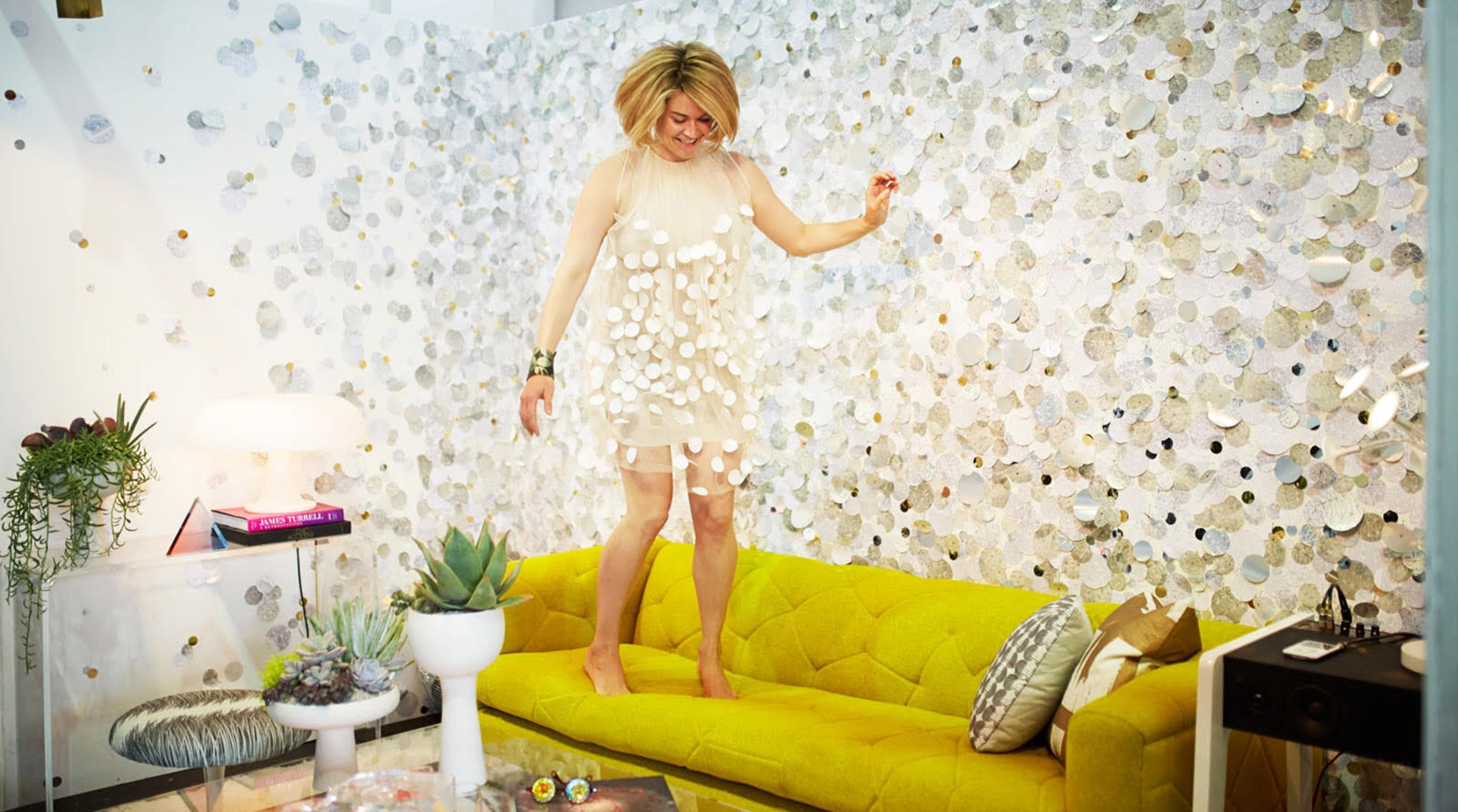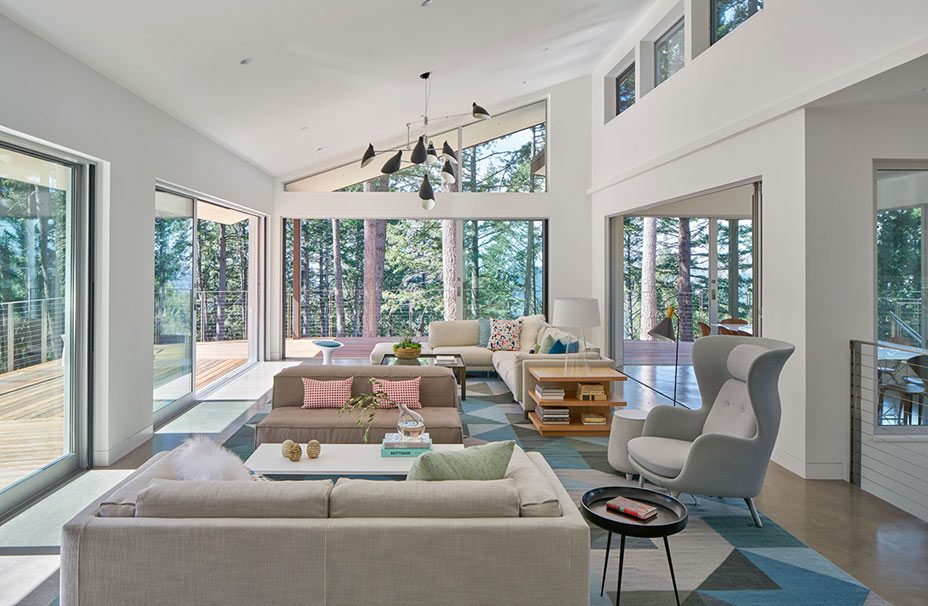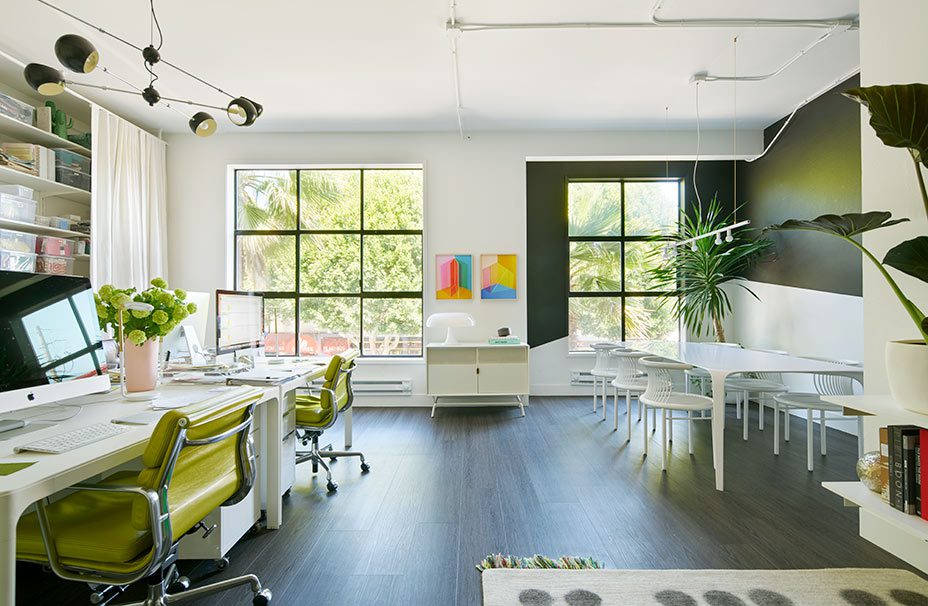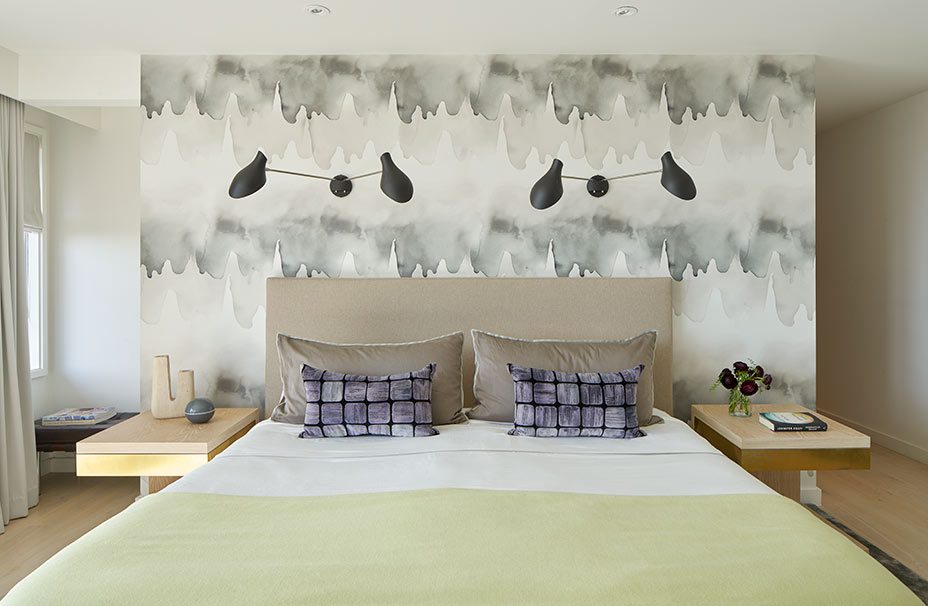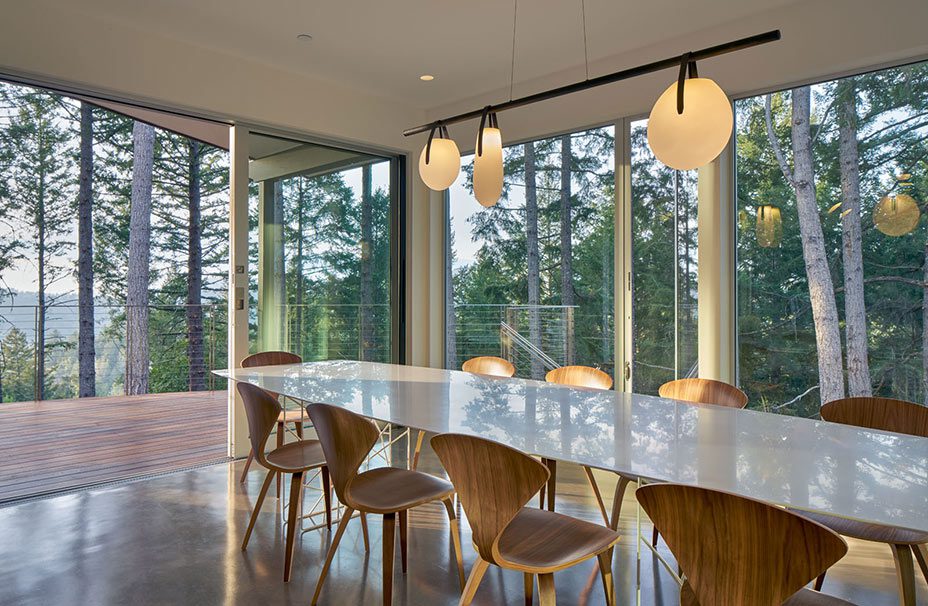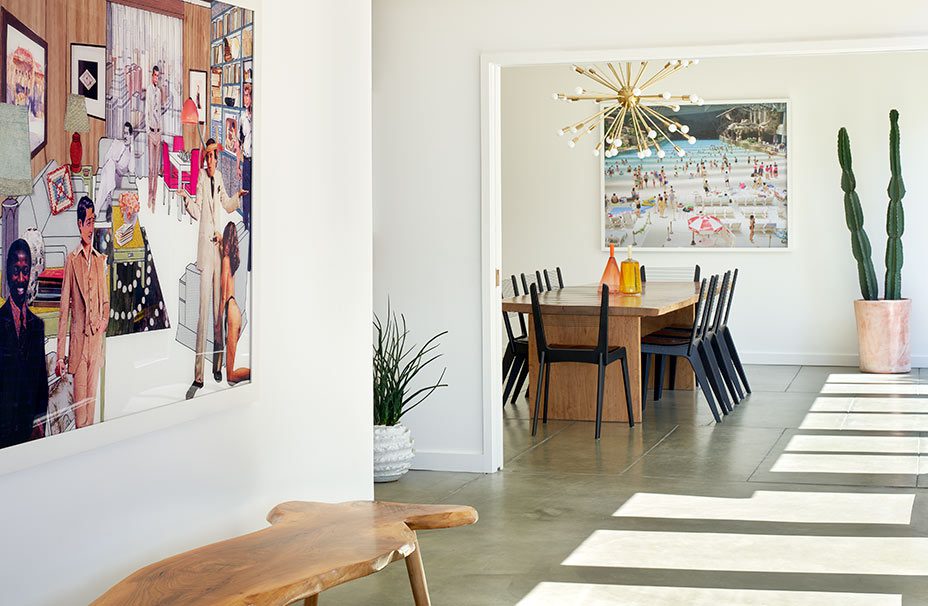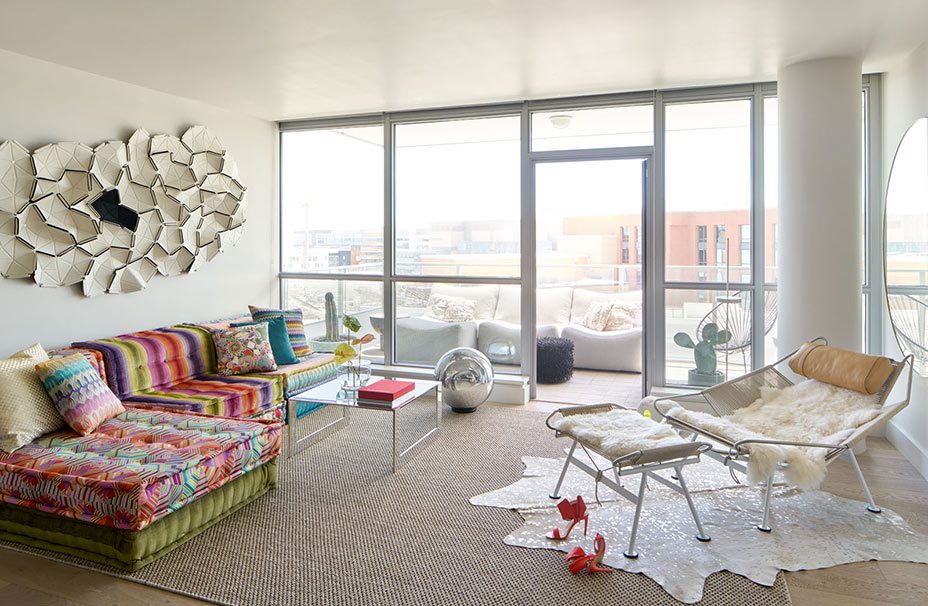Since Alison Damonte moved to San Francisco and set up her interior design firm, she has mastered the art of California living. She is unafraid of color and skillfully manages a balancing act between bold and minimal. We recently spoke to Alison about how she wound up becoming an interior designer (and not an attorney), what brought her to the West Coast and how confidence is key when it comes to her work.
Take us back to the beginning. When did you decide to become a designer?
I’ve always been interested in art and design. From the age of twelve I knew I wanted to work in the industry, but I got sidetracked in college pursuing a degree in Political Science with the goal of becoming a lawyer. I didn’t get really serious about becoming a designer until I’d been living in San Francisco for nearly five years. While working in marketing for a big architecture firm, I realized if I didn’t make a big change I’d be stuck in a passionless career. I began taking classes at UC Berkeley extension and landed an internship with Martha Angus which really propelled my career forward.
How does living in Bay Area affect your design practice and your design thinking?
People here are so used to using technology for work; for us this translates into finding creative ways of presenting and using technology to collaborate. Right now about 80% of our meetings and correspondence with clients and vendors take place virtually, and more often than not we are using computer generated renderings to show how a room or custom piece of furniture will look before we purchase a single item.
What word would you use to describe your aesthetic, and how is it integrated into your projects?
“Confident”. I always try to lead my team and our clients on a journey away from current trends (especially those things that nearly everyone seems to be doing) and towards choices that feel authentic to the project, the client’s personality, and lifestyle. This means sourcing furniture that isn’t necessarily well known, fabrics and wallpapers with history or interesting methods of production, and combining everything in unexpected ways. All of this takes a significant amount of confidence for both us to feel assured in our decisions, and our clients to trust us that it will look good! Confidence pushes you outside of your comfort zone and ultimately helps create a design that feels authentic and unexpected. I want our work and brand to be recognizable and unique.
Can you explain your process when beginning a new project?
Thinking big, gathering inspiration images from print magazines (we still subscribe to so many!), perusing Instagram, and falling into a Pinterest rabbit-hole.
Have there been any notable influences on your career?
My first client, Heather Finlay, had such an incredible influence on me. She and I got together and it was was pure client-designer magic. We were like design soul sisters, feeding off of each other’s love of bold colors, glitter, pop culture and creating an unexpected and inspiring environment for her family. We were so in step with each other; I’ve never felt more like myself than when I was working on her project.
Also, Ryan Lawson (a friend from college and an incredibly talented designer) has been hugely impactful on how I approach work. Ryan is one of the most fascinating people I know and has taught me to walk through life with eyes wide open: finding obscure sources, asking “why” and “how” about nearly every design decision I make, and encouraging me to have a greater knowledge of the history of design. I believe a deep observation of the world makes for much more intelligent and complex design.
What exciting projects do you have in the pipeline?
We are working on second homes for several clients. It is such a compliment to have an on-going relationship with clients and work on new projects with them. Once we start a second project, we’ve both matured: us as designers with more influences, and the clients with a greater understanding of the process and what to expect. This lends the platform to hone in on design, and less on formalities.
One of the homes we are currently working on is being built modularly in Seattle by Method Homes. The first project we designed for this client had a strong sense of place in the Berkeley Hills and even after the renovation retained much of its mid-century soul. Creating the same sense of place and soul in a house that we designed and detailed entirely on our computers is challenging, but I think as the cost of construction in the Bay Area continues to rise, working on prefabricated homes will become something we all do more often.
If you were to give your younger self advice in regards to a career in interior design, what would it be?
Listen closer to my intuition and pursue a formal degree in design. Not having a degree hasn’t necessarily held me back, but it wouldn’t have hurt either. Also, I think the most important thing we can do as designers is to constantly ask questions about everything as a tool to educate ourselves. Understanding how a building is constructed, how a fabric is woven or the lexicon of vintage design makes you a more well-informed and confident designer.
Long Bridge
Photography by Bruce Damonte


